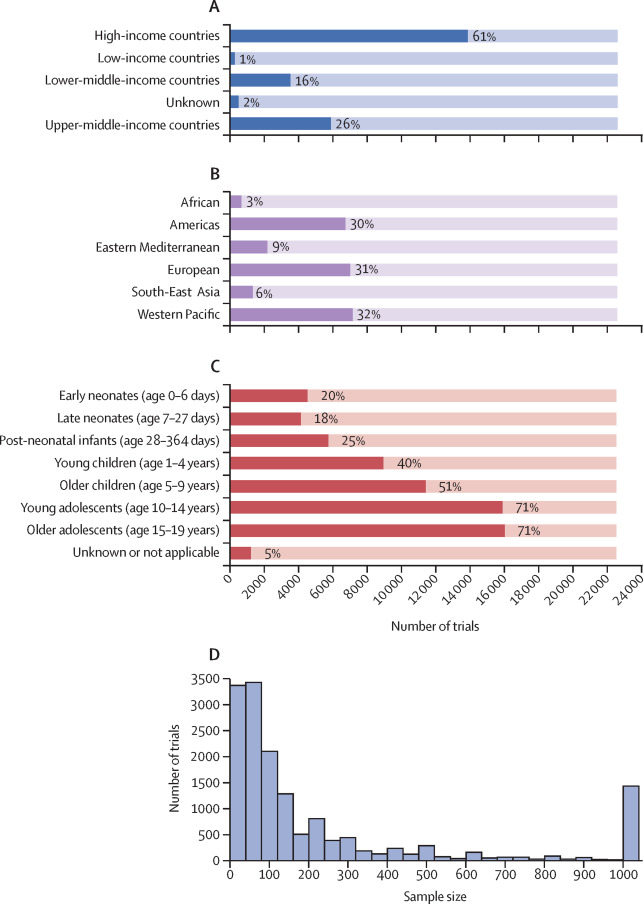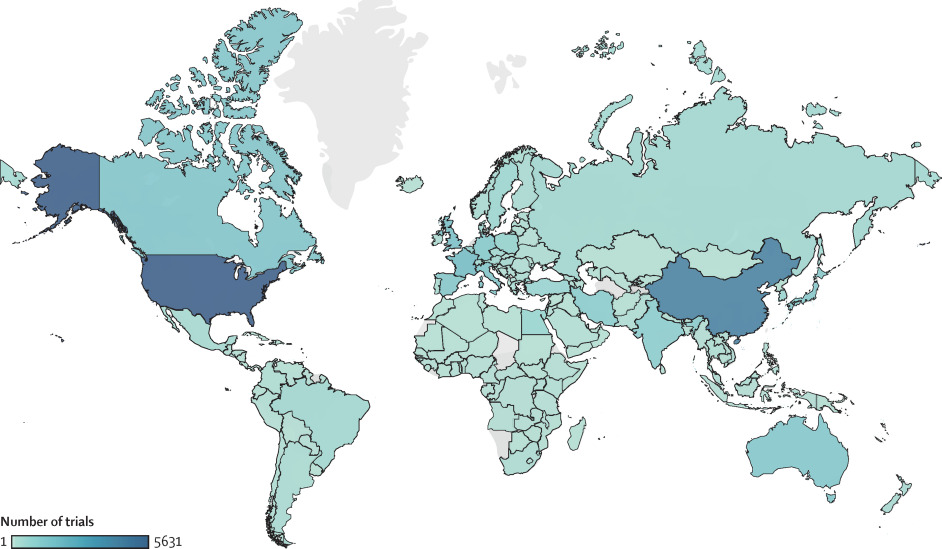Public Health
1018 readers
27 users here now
For issues concerning:
- Public Health
- Global Health
- Health Systems & Policy
- Environmental Health
- Epidemiology
- etc.
🩺 This community has a broader scope so please feel free to discuss. When it may not be clear, leave a comment talking about why something is important.
Related Communities
- Medical Community Hub
- Medicine
- Medicine Canada
- Premed
- Premed Canada
- Public Health (📍)
See the pinned post in the Medical Community Hub for links and descriptions. link ([email protected])
Rules
Given the inherent intersection that these topics have with politics, we encourage thoughtful discussions while also adhering to the mander.xyz instance guidelines.
Try to focus on the scientific aspects and refrain from making overly partisan or inflammatory content
Our aim is to foster a respectful environment where we can delve into the scientific foundations of these topics. Thank you!
founded 2 years ago
MODERATORS
251
252
36
Doctors urge government to fight poverty after rise in patients with Victorian diseases
(www.theguardian.com)
253
254
255
256
257
50
Avoidable deaths are on the rise in the United States, yet falling in many peer nations | ScienceDaily
(www.sciencedaily.com)
258
259
260
261
262
263
264
265
266
267
268
269
270
271
272
273
274
275
4
Adopting zero-emission trucks and buses could save lives, prevent asthma [Chicago}
(www.sciencedaily.com)


